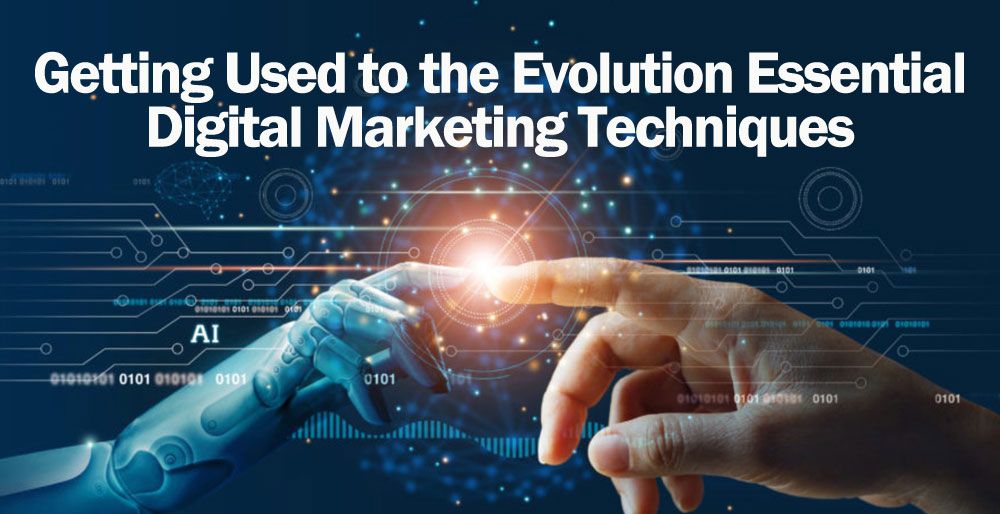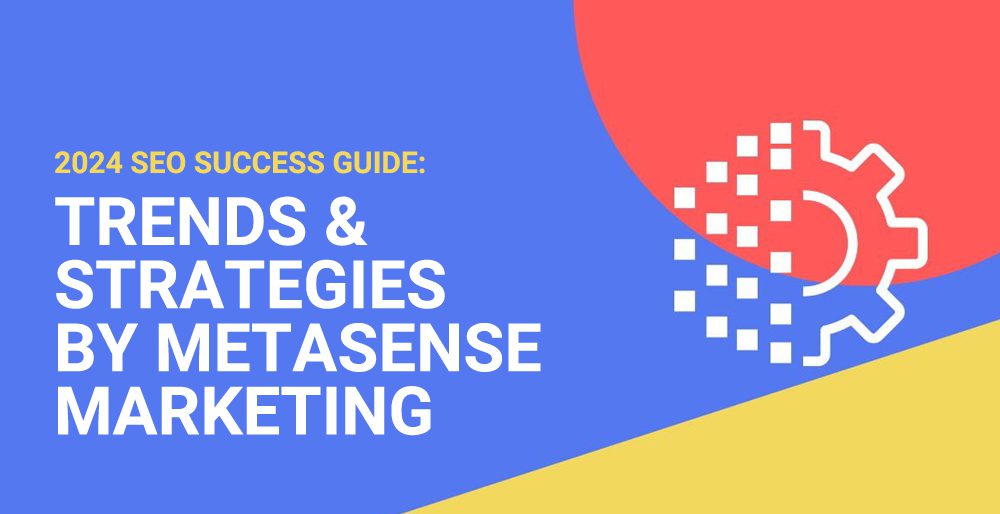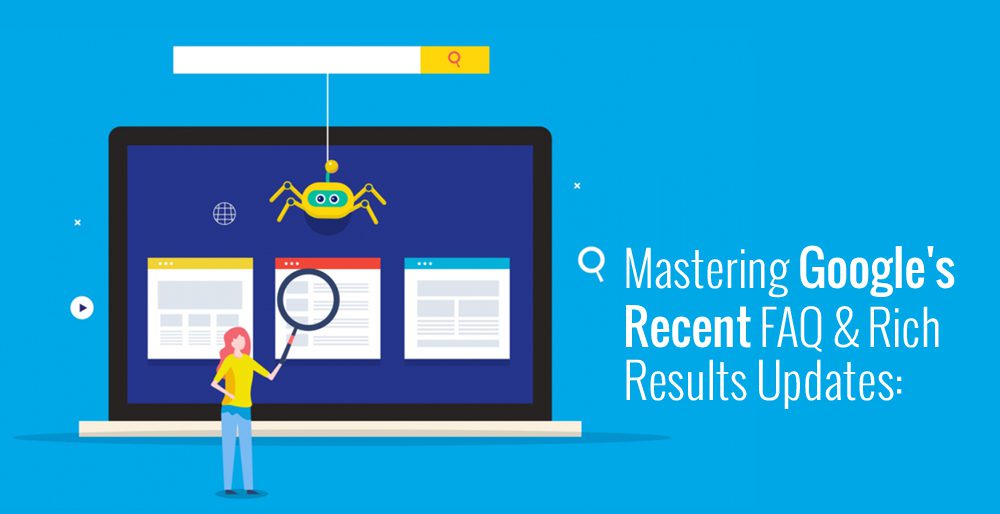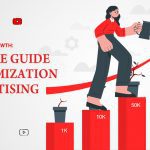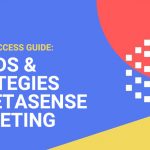
Discover how prominent lead generation forms can influence your website’s SEO performance. Learn key insights and strategies to balance user engagement with search engine optimization for better lead capture without compromising on SEO rankings in 2024.
Yes, prominent lead gen forms can impact search engine optimization.
Lead generation forms are an important part of a business’s SEO strategy because they allow you to collect information from your customers that will help you improve your website and increase conversions.
Search engine optimization is all about making sure that the content on your website appears in front of the right people at the right time—and the best way to do that is by collecting information from those who visit your site and use your services.
You may also be able to improve your site’s ranking in search results by using a lead generation form as well. The more visitors who fill out your form, the more likely it is that these visitors will see ads or other content related to their interests.
A Lead Generation Form: What Is It?
Do you know what a lead form is? A web form called a lead generation form is used to collect emails and other personal data from potential clients. Contact forms, registration forms, and easy newsletter signup forms are the most typical lead generation form types.
Lead forms can be found on any website that offers products or services, such as e-commerce websites, blog sites, and spa or salon websites. Lead forms are usually placed right at the top of the page or within a few clicks away to be as visible as possible. They’re also designed to look like they belong on your site so that people will feel comfortable filling them out.
When someone visits your website, they’ll see a box labeled “Submit” where they can click to start filling out their information in confidence—and then once they’ve submitted it all, you can view everything from there.
Why your website needs a lead generation form?

Your lead generation form is where you can begin constructing your email list.
The competition increases daily, making it more difficult to generate leads and boost website traffic for businesses. Because of increased connectivity, customers are less likely to respond to your marketing efforts. To produce content that people want to see and find useful, you must work diligently. Not to mention having twice as much creativity to create amazing campaigns that draw in, develop, and exciting leads.
This means that using a simple form to request a visitor’s email address won’t generate the number of leads you want. To create a great and functional form that can capture more leads, you must incorporate several different components.
Do Prominent Lead Gen Forms Affect SEO? – Google’s explanation
John Mueller from Google responded to a query about the circumstances in which prominent lead generation forms could degrade a site’s ranking.
Google’s John Mueller had questioned a Google Webmaster Office Hours Hangout about whether a call to action at the top of the page, above the main content, would harm search engine results. John provided two scenarios in which it would and would not have a detrimental effect on rankings.
The Google Page Layout Algorithm:
In 2012, Google released an algorithm that added all of our? negative ranking factor to websites that had a lot of top-of-page advertising that prevented users from seeing the primary content.
The initial 2012 announcement read as follows:
Websites that don’t have a lot of content “above the fold” may be impacted by this change.
If you click on a website and the first page you see either has little visible content above the fold or uses a significant portion of the site’s initial screen real estate for advertisements. Such websites might not rank as highly in the future.
In a recent comment regarding the Page Layout Algorithm in 2020, John Mueller said:
It is more important for users to be able to find the content they’re looking for (what was “promised” in search) when they visit a page, according to most experts.
Similar to this, the Google Search Quality Raters Guidelines, a manual for standardizing the evaluation of search quality raters who test search results from new algorithms, state:
“We anticipate seeing ads and SC. It is however challenging to use the MC when there are certain Ads, SC, or interstitial pages (i.e., pages displayed before or after the content you are expecting). A low rating should be given to pages with ads, SC, or other features that interfere with or distract from using the MC.
Lead generation forms at the top of the page on some pages
A website with a prominent lead generation form at the top of the page worried the person who posed the question.
The main content on the example page he provided requires a site visitor to scroll past the lead generation form.
In this case, one must scroll down to view the main content because it is considered to be below the fold.
Newspapers used to be folded and then displayed so that only the headlines and content “above the fold” was visible; this is referred to as the “fold.”
The questioner posed:
The main content ought to be above the fold. I believe you’ve recently discussed this topic.
Does this lead generation form have any effect on SEO because…
A lead generation form where users can compare telephone system costs is located at the top of this page.
How might that affect SEO?
Do Prominent Lead Generation Forms Cause Negative Rankings?

John Mueller of Google provided a yes/no/maybe response that clarified the circumstances in which a lead generation (lead gen) form might turn into a derogatory ranking signal.
John Mueller responded as follows:
“I don’t know… I’d say not very much, probably.
Our algorithms do look for things like ads above the fold that…push the primary content below the fold, so this effect might come into play. And we might believe a lead generation form like that is similar to a link advertisement.
It wouldn’t, however, always be the case, in my opinion.
It also somewhat depends on the keywords that the page is attempting to rank for.
If the form is about “signing up for car insurance” and the page is essentially trying to rank for “get car insurance,” then that is kind of the page’s intent.
The Web Page’s Intent Has an Impact on the Page Layout Algorithm
According to Mueller, a lead generation form’s potential to have a negative ranking impact depends on the web page’s intended purpose. That’s an unusual response because it implies that Google can tell when a lead generation form contributes to the content and when it doesn’t.
How does the Page Layout Algorithm affect which websites?
It is believed that this algorithm has undergone significant changes with the four updates it has received over its lifetime, but less than 1% of the world’s websites are impacted by each update. have adopted.
Only webmasters who placed excessive amounts of advertising at the top were impacted by these Google changes. They benefited from this update in some ways as well because it altered the way they thought about the number of ads that were posted on the website.
Many users who had been penalized by the algorithm in their initial release took two years to remove the penalty.
The fact is that users don’t want to be bombarded with ads as soon as they arrive at a website. Instead of receiving content that matches their search query, they receive completely unrelated advertising items.
Nowadays, the bottom of the page is where the majority of big websites place their ads. If they place ads at the top of the page, they won’t be restricted to one or more. Site owners, advertisers, and visitors all gain from these changes.
Get out of the Page Layout algorithm’s penalty:
Even though the Page Layout algorithm has only penalized 1% of websites, your website is still very likely to receive a penalty. Therefore, if this algorithm penalizes your website, we must respond appropriately to reverse the damage.
First of all, be aware that the user’s screen overlay depends on the monitor’s resolution. For instance, a mobile device’s top view is probably different from a laptop’s. using the Chrome Screen Resolution Tester to test the website before removing any elements from the top. The performance of the Fold Tester tool is comparable.
If this algorithm penalizes your site, you must fix the site’s top and wait until the Google robots are once more checked. The good news is that you can still avoid Google’s penalty without updating the algorithm; you just need to wait for Google to re-monitor the site.
The Effects of Page Layout Algorithms in the Long Run:
By adapting to algorithms like Page Layout, one runs the risk of becoming trapped in a cycle of ongoing site design change. Google acknowledges that despite the algorithm’s rigid appearance, it adds a lot of value to the user experience.
It is not true that your site’s revenue will drop if you remove the ads from the top of the pages. If we take a closer look at the Page Layout algorithm, we discover that it is consistent with Google’s intention to give priority to mobile index pages.
Through this algorithm, Google has forewarned us to think twice about how we present site ads, including those for mobile devices. The user has to scroll down several times to get to the page’s main content as the screen gets smaller. For desktop and mobile devices, the user experience will be improved if there are no ads at the top of the page.
The fact of the matter is that users, not webmasters, were the ones who designed Google’s Page Layout algorithm. Websites became pickier than advertisers thanks to this algorithm.
The lesson from this algorithm for webmasters was to balance site profitability with user satisfaction. Even though this algorithm has been published for a while, we continue to learn from it.
Conclusion
The simple answer to the question posed in the title is yes—but not for search engine optimization in general. Simply put, it does benefit you to use prominent forms on your website. But not simply for SEO purposes, but rather because of how user-friendly these types of forms are. People (and search engines) tend to trust and like lengthy form fields better.
This blog aims to answer this question by outlining the steps we took, and the results we found. We hope it will give you insight into our experience and possibly help you decide on your site.
MetaSense Marketing is a full-service digital marketing agency with offices in New Jersey and Philadelphia that takes pride in creating effective, all-encompassing marketing strategies. MetaSense Marketing is also the only company in the world to offer the patented iMetaDexTM tool. We are an SEO company with offices in Philadelphia and New Jersey that takes the time to understand your business and create a comprehensive business plan to help you reach your objectives.
Call us right away!
Designing, building and implementing Award-Winning Digital Marketing Strategies.
Contact me directly at 856 873 9950 x 130
Or via email at : Support@MetaSenseMarketing.com
Check out our website, get on our list, and learn more about Digital Marketing and how MetaSense Marketing can help.
https://www.metasensemarketing.com
For more information and to schedule an appointment, CLICK HERE.
MetaSense Marketing Management Inc.
866-875-META (6382)
support@metasensemarketing.com


